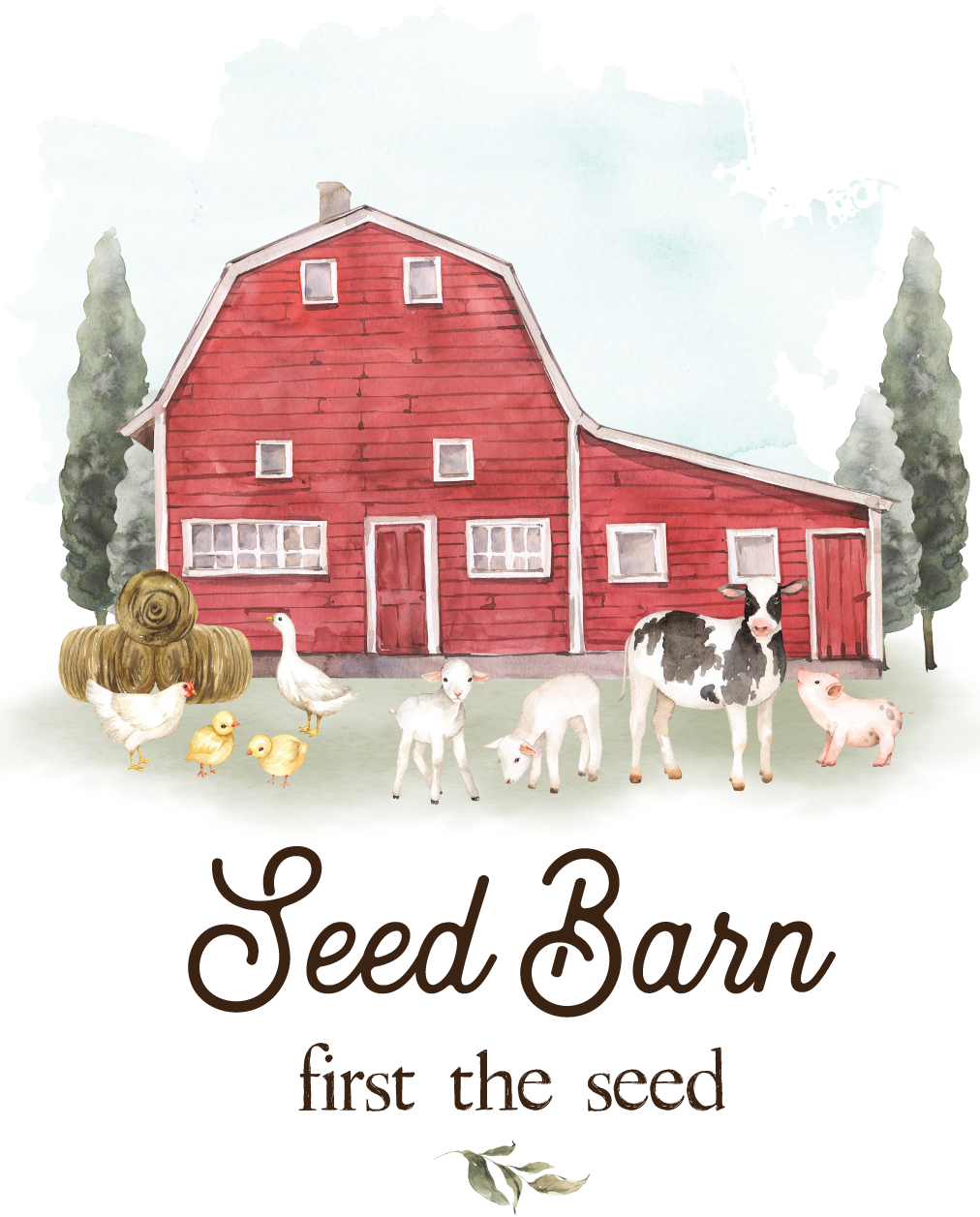Limited Time Free Shipping On The Entire Store
Tel: 813 540 2000 | Mon - Fri 8am - 5pm Est. | Email: support@seedbarn.com
Camelina sativa is a member of the mustard family, a
distant relative to canola, and an exciting new player on the biofuels
scene. Camelina plants are heavily branched, growing from one to three
feet tall producing seed pods containing many small, oily seeds. It’s
proof that good things really do come in small packages.
Seeding Rate:
500-2500 lbs/acre.
20-21 Lbs of Seed will produce ~ 1 gallon of oil.
Camelina spreads workload and reduces risk.
It is a short-seasoned, fast-growing crop that can help spread your
workload. In the northern Plains, camelina is planted in early spring
and harvested in late July most years. In some geographies, farmers
have seen success with fall, or dormant, seeding of camelina, which
allows an even earlier start to the growing season.
Get something instead of nothing.
If every drop of moisture is precious, you may want to consider
camelina. It can produce seeds with less moisture so you’re assured of
something to harvest. Plus, by maturing earlier than most other crop
options, it’s not as dependent on rain later in the summer when Mother
Nature can be more fickle. And since camelina can be harvested early, it
allows ground to absorb later-season rainfall so it can enter the new
year in a better position.
Some call it low input.
Camelina can be low input – it can survive on little water, and it
takes less fertilizer than many other crops. But it still requires
management. Learn more by viewing our production protocols.
Sustainable Oils is working with crop protection companies to give growers more herbicide options. Poast®, a post emergent grass control product, is labeled for the crop. Even with the availability of Poast farmers should apply glyphosate in the fall and perhaps even again before the camelina emerges to ensure the crop gets off to a good start. Camelina competes well against weeds once a crop is established, but it isn’t a miracle crop. Manage it right and it works.
Camelina can be seeded and harvested with conventional farm equipment.
Camelina has high oil and protein content.
Camelina typically contains 35-38% oil, which is high in omega-3 fatty
acid. This makes the oil fit for biofuels production and the meal a
good option for livestock feed.
The emerging green fuel industry is turning camelina into a new crop rotation option and consistent income source for farmers. The seeds are easily crushed with oil being used for biodiesel or aviation biofuel that performs similar to fuels from other sources but can be more efficient.
The remaining meal is a protein-rich feed source for cattle, poultry or swine. Sustainable Oils has led an industry coalition that has secured approvals for feeding in rations for broilers, laying chickens, feedlot beef cattle and swine, and is working to secure camelina meal approvals for all animal uses.
An annual that originated in Northern Europe, camelina has many names: gold-of-pleasure, false flax, wild flax, German sesame. One of our favorites is Siberian oilseed; it’s such a hardy, cold-tolerant plant it seems to deserve that name. But whatever you call it, we think it spells a new profit opportunity for farmers in the US and Canada.
No products found in this collection
Top Notch Guarantee
Fast Free shipping
Traditional Farmers
OMRI Listed Products
By clicking “Accept All Cookies”, you agree to the storing of cookies on your device to enhance site navigation, analyze site usage, and assist in our marketing efforts.
